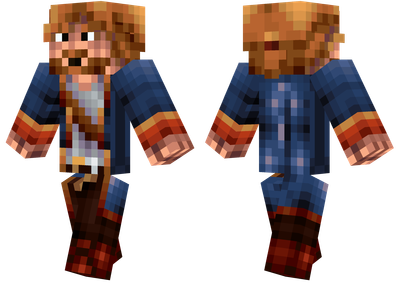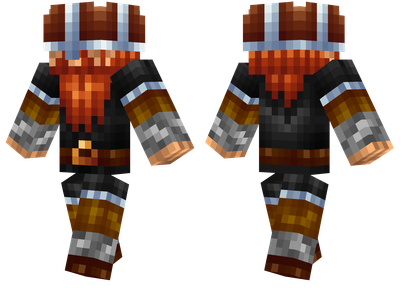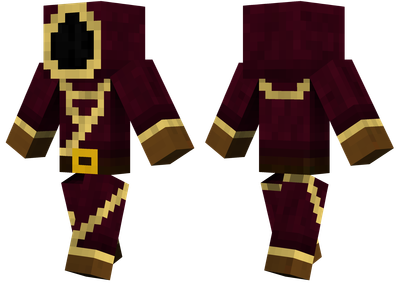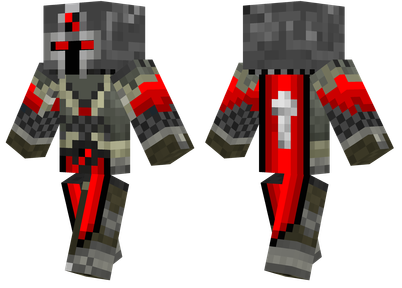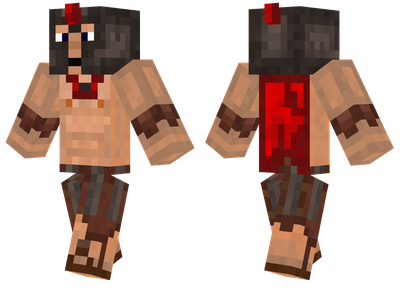The configuration file of the custom planet is in "Config/AdvRocketry/Planetdefs.xml"
If the archive has been generated, the configuration file is in the following position "[PATH to World] /AdVrocketry/planetdefs.xml"
(Important Tips: Starting from the advanced Rocketry 1.1.3, Overworld will no longer be added to the solar system automatically)
The "Galaxy" label should be in the root directory of the document, and AR customizes the galaxy in the main body of this tag.
Example:
Elastic
In addition to galaxies with a single planet, advanced rockets also allow double stars, Samsung, and even N -body stars (you will have as many stars).This is very similar to defining an ordinary star, but there is a set of slightly different marks.That is, "X", "Y", "Numplanets" and "Numgasgiants".In addition, there is a new "Section" label.The "Seperation" label determines how far the sister star is far from the main star in the radius of the sun.
Example:
>
Elastic
The "Planet" label defines the planet.If a planet label is used in the subject of another planet label, the internal planet label defines a moon for external planets.Planet labels can have the "name" attribute.The name attribute specifies the name of the planet.If the name attribute does not exist, the planet will automatically name "sol-planet_id".
The "Numplanet" attribute defines how much random "solid" star should be defined in the solar system (except for randomly generated additional planets that are randomly generated by the planet specified by the Planet label). If there is no specification, AR will default to 6.The "Numgasgiants" attribute defines how much "gesture" star produced in the solar system.
The "Blackhole" attribute determines whether the star is a black hole.The space station can run around the black hole and use the black hole generator to generate energy from an object thrown into the black hole.
Example:
Elastic
Elastic
Elastic
The "ISKNOWN" label determines whether a planet can be visible to the player without researching in the curved speed controller.If the mark does not exist, the default value is FALSE.This label has no effect on the satellite. If the mother planet is visible, the satellite can also be seen.
Example:
>
Elastic
Elastic
Elastic
"Hasrings" label specifies whether the planet has a ring system (like Jupiter?).By default, the planet will not have a ring system.
Example:
Elastic
The "Gasgiant" label indicates whether the planet is a giant star.Gas superstars cannot log in, but can be used as a source of gas.
Example:
Elastic
The "GAS" label indicates a gas that can be mined from the planet.This label is only effective for the giant stars.Each planet allows multiple copies of this label.The text in the label consists of a fluid name or another MOD fluid name from a high -end rocket.
Example:
Elastic
The "fogcolor" label indicates the color of the atmosphere on the planet.The values of three commas are used, which correspond to any decimal number of red, green and blue values from 0 and 1 (including 0 and 1).24 -bit (6 -byte) Sixteen -in -made colors can also be specified by adding "X" in front of the code.
Example:
(1).
Elastic
(2).
The "Skycolor" label specifies the color of the sky on the planet.The values of three commas are used to correspond to red, green and blue, respectively.These values can be any decimal number of 0 and 1 (including 0 and 1).24 -bit (6 -byte) Sixteen -in -made colors can also be specified by adding "X" in front of the code.
Example:
(1).
Elastic
(2).
Elastic
The "AtmosphereDensity" label indicates the density of the atmosphere on the planet.Any value greater than 75 is exposed to direct breathing, 100 is similar to the earth, and any value greater than 100 has a dense atmosphere than the earth, and there will be a stronger mist.Any value of less than 75 cannot be exposed directly on the planet, and the space takes for sailing to resist.
The atmospheric density also affects the temperature of the planet. The lower planets will be colder, and higher planets will be hotter.
Maximum value: 200
Default value: 100
Minimum value: 0 Example:
Elastic
The "GravitchLMultiplier" label indicates the gravity size on the planet.100 is similar to the earth.Any gravity with a value of less than 100 is less than the gravity of the earth.Any value higher than 110 may cause players to jump into one without a step.Value is very close to 0 (<10) may not fall.
Maximum value: 200
Default value: 100
The minimum value: 0
Suggestion maximum value: 110
Suggestion minimum value: 10
Example:
Elastic
The distance between the "orbitalDistance" mark specifies the planet and the celestial body surrounded by it.For planets running around the sun:
100 is defined as a class, and the sun looks normal.200 is far from the sun, which will cause the sun to appear very small.0 touches the surface of the sun almost, which will cause the sun to occupy most of the sky.The orbital distance will have a great impact on the temperature of the planet. The planets that are far away will be colder, and the closer planets will be warmer (drying into salted fish).
Satellite that is also suitable for the planet, such as the moon:
Its influence is the same as the planets running around the star, but the size of the host stars observed is determined by planets running around the sun.The obvious size of the sun seen from the moon is determined by the distance between the earth and the sun.However, the obvious distance of the main stars will be changed by this value.From the perspective of the main stars, the obvious size of the moon is also the direct result of this value.
Maximum: 200
Default: 100
Minimum: 0
Example:
Elastic
"OrBITALTHETA" marking specifies the deflection angle of the planet (I think so, such as the earth is crooked).
Most: 360
Default: 0
Minimum: 0
Example:
Elastic
"ORBITALPHI" label explains the angle of the sun (the main star) of the sun (ascending-sun-phase). At 90, the planet or the sun will rise on the north and south lines (the planet will run around the orbit to make it pass through the poles), and 0 will cause it will cause it will leadIt rises on the east -west line.
Most: 360
Default: 0
Minimum: 0
Example:
Elastic
The "Oregen" tag can set the generation of ore on this planet.Xiang see wiki.
The original text has a segment Note:
Unless the Dimid of the Planet is Explicitly Specified with the Dimid Tag, adding or removing planets to an almedy existing world in the ar config design result I n unpredictable behavior.
The "Rotationalperiod" label cycle is based on the length of the daily cycle of the planet as a unit.Among them, 20 tick = 1 second.24000tick = 1200 seconds = 20 minutes. If it is lower than 400, rotation may be too fast. It is recommended to be higher. It can be left or right (thanks to freeabning1919 to point out).
Maximum: 2^31-1 = 2,147,483,647 (Java feature)
Default: 24000
Minimum: 1 (WTF ???)
Example:
Elastic
"FillerBlock" label is used to illustrate the "stone" of the planet.It should be noted that in order to better use it with the "Oregen" configuration, it is recommended that stones, and some ore can only be generated with stones.
Example:
Elastic
"Oceanblock" label description to fill the ocean liquid.By default, it is "Minecraft: Water".It can be any square in the game, but it is not necessarily harmful.It is not advisable to use NBT (such as a furnace or box) as a marine filling (unless you are Tianhe No. 2, the official said so).
Example:
Elastic
The "Sealevel" label specifies the sea level.
Maximum: 255
Default: 64
Minimum: 1
Example:
Elastic
The "Spawnable" label is used to illustrate the physical data generated by the planet. There are 3 attribute values. See an example.
Weight: That means that that means
The smallest number in the unit: see the example
The largest number in the unit (groupmax): see the example
Example:
Elastic
The "Biomeids" label is used to specify the ID of the biological group. It can have the original and the biological group system added by the module. If there is no setting, the system will generate the biological group system through atmospheric density, gravity size and distance with the sun.
The original biological group can be query here: magic entrance
Example:
Elastic
"DIMID" label specifies the ID of the dimension, which is very useful. Pay attention to the ID conflict;
Example:
Elastic
The "DIMMAPPING" tag can specify a dimension in a MOD (such as moving the dark world to a planet, which is too strong, is there).With the use of "DIMID", it should be noted that if the ID you wrote does not have the support of the MOD, someone will collapse the game when it is on the planet.
Example:
Elastic
The "Customicon" tag can use the icon of the planet.
Example:
Elastic
"Artifact" label allows users to set the requirements for the planet.Settings about space jump.I am not talking about it here. Post the address and check it carefully: the transition controller.
Example:
Elastic
Elastic
Elastic
AR is still a very good MOD. It is worth digging in depth. There is a lot of open space. You can try more.


